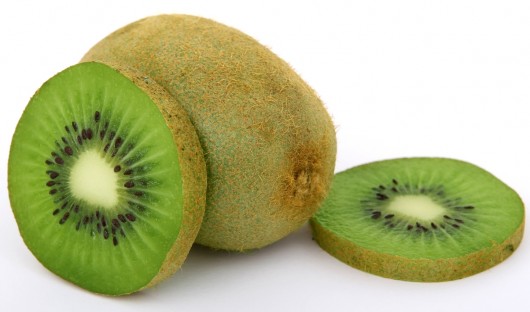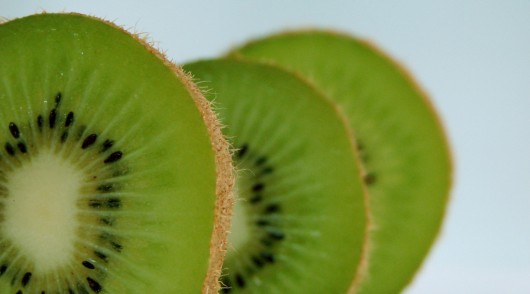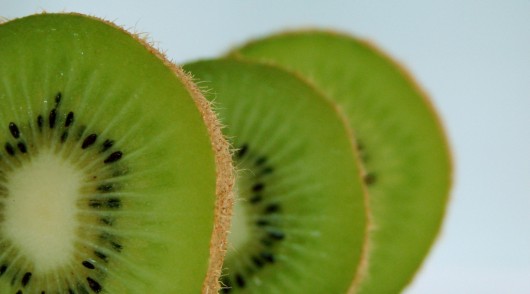Best Kiwis For Kiwi Juice And How To Choose Them
Kiwifruit, most often times shortened to kiwi, is one of the most nutritionally dense fruits known thus far. These small, round, fuzzy fruits are in fact berries!
What are the best kiwis for juicing?
There are actually 400 varieties of kiwifruit. The most commonly sold kiwi is called A.deliciosa, this is the fruit with green flesh and a tart fruity flavor. The sweetest of the varieties is called A.chinensis. This form of the fruit looks similar to it’s green variety but once sliced open, has a yellow flesh inside. The A.chinensis or Golden Kiwi has a much sweeter flavor with less acid than the green kind. This makes the Golden Kiwi the most sought after for juicing because of it’s potent fruity flavor.
How to Choose the Best Kiwis for Juicing:
- Find a fruit that is undamaged, do not worry about the size of the fruit as that does not matter
- Be sure the kiwi is firm but not hard, a hard fruit will produce as little flavor as a mushy fruit
- Look for roundness of the fruit, if it is flat on one side is has been sitting for quite some time and is therefore undesirable for juicing
- Smell the kiwi’s outer surface, if ripe it should have a sweet smell to it
- If there are no fully ripened kiwis, buy the most ripe and place them in a paper bag on the counter
- Placing an apple in the paper bag with the kiwis will promote a faster ripening time
Putting Your Kiwis Through Your Juicer
- Cleanse kiwis completely with warm water and a produce soap
- You may remove the skin but your juicer should take it off anyway so this step is not mandatory
- Cut the fruit into smaller pieces so it is easier to process
- Pass fruit through processor
- Add other ingredients you wish to make the juice more flavorful
- Stir fruit juice to make sure it is fully incorporated
- You may wish to strain the juice to remove the kiwi’s small black seeds
- Enjoy!
This fruit juice is high in vitamin C, actually containing four times the amount of the vitamin in a similarly sized orange! The health benefits of this small fruit are tremendous and most readily available to the consumer when passed through a juicer. The juice may be mixed with several other fruits or vegetables to maximize the potential for vitamins and minerals. Instead of eating five servings of fruits and vegetables a day, juice them!


